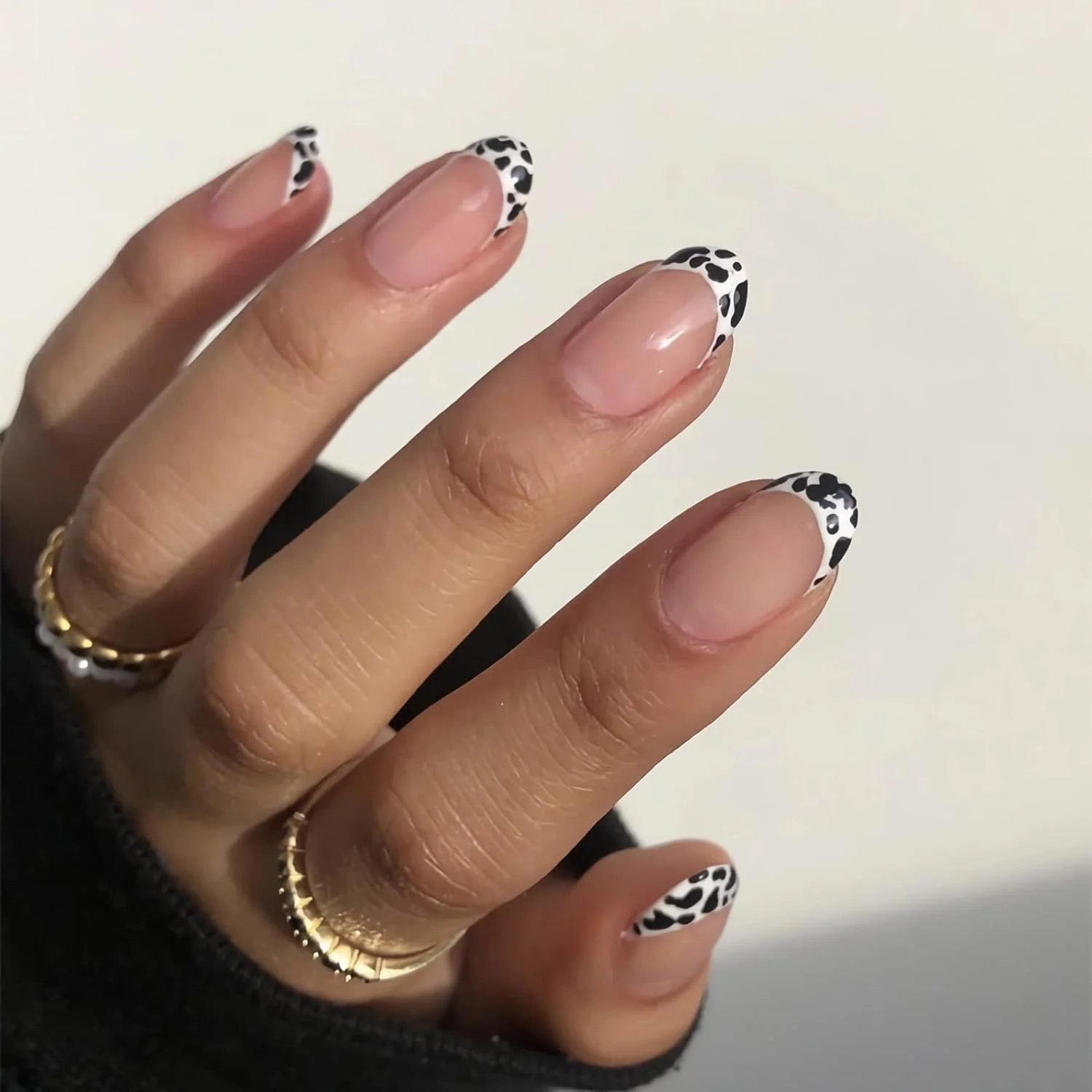
Understanding Cow Nails: Essential Insights
Understanding Cow Nails: Essential Insights
Cow nails, commonly referred to as hoofs, play a crucial role in the overall health of cattle. These structures provide support, stability, and protection for the animals. They also absorb shock while walking, making them essential for mobility. Understanding the anatomy and care of cow nails can significantly enhance the well-being of livestock. Knowledge about their importance can help farmers and ranchers maintain healthier herds.
Anatomy of Cow Nails
The anatomy of cow nails consists of several parts. The outer layer, called the hoof wall, serves as a protective barrier. It shields sensitive tissues underneath from injury and infection. The hoof wall grows continuously, similar to human nails. The shape and condition of cow nails also indicate the health of the animal. Healthy nails should appear firm and devoid of cracks or excessive wear.
Beneath the hoof wall exists sensitive laminae. This tissue connects the hoof wall to the underlying bone. Proper development in this area ensures a strong attachment. Nutrition plays a vital role in maintaining healthy nails. A balanced diet containing minerals and vitamins can improve hoof integrity. Additionally, the digital cushion within the hoof aids in shock absorption, contributing to better mobility.
Moreover, the interaction between the foot and the ground is significant. The design of cow nails plays a crucial role in their ability to grip surfaces. It helps prevent slips, which can lead to injuries. Regular inspection of cow nails can reveal potential issues. Farmers and ranchers must establish routines to check for signs of problems, including lameness or nail decay.

Common Problems Affecting Cow Nails
Various problems can affect cow nails, leading to discomfort and health issues. Among the most common is laminitis, an inflammation of the sensitive laminae. This condition can cause severe pain and lead to further complications if left untreated. Identification of early symptoms can prevent more serious conditions from developing. Signs such as limping or favoring a leg should not be ignored.
Another prevalent issue is hoof rot, which results from bacterial infections. Moist environments often harbor bacteria that cause this condition. Infections can lead to abscesses and require immediate attention. Therefore, maintaining clean living conditions for cattle is crucial. Regular cleaning of barns and pastures can significantly reduce the occurrence of hoof rot.
Cracks and splits in the hoof wall are also problematic. They can result from overgrowth, poor nutrition, or environmental factors. Farmers need to monitor the condition of cow nails closely. If the cracks appear, prompt trimming or treatment by a veterinarian may be necessary. Preventative measures can go a long way in ensuring the longevity of hoof integrity.
Lastly, improperly aligned nails can lead to various issues. Misalignment can result from uneven wear or underlying skeletal problems. Therefore, regular hoof trimming and proper maintenance are essential. This practice ensures balanced weight distribution across the nails. When problems persist, consulting a veterinarian or a hoof specialist is advisable.
Importance of Proper Care
Proper care of cow nails is vital for maintaining overall herd health. Routine hoof trimming is essential to prevent overgrowth. Overgrown nails can lead to lameness and discomfort. Schedule regular trims based on the animals’ needs to ensure optimal hoof health. Typically, cows require trimming every six to eight weeks.
In addition to trimming, farmers must monitor the living environment. Clean, dry pastures significantly contribute to hoof health. Wet, muddy conditions promote the growth of harmful bacteria. Consequently, providing a clean environment can alleviate many issues related to cow nails. Moreover, incorporating dry bedding in barn areas further protects against moisture-related problems.
Nutrition also plays a pivotal role. Cattle diets should include adequate minerals and vitamins, particularly biotin and zinc. These nutrients are crucial for strong hoof development. Supplementing feed with these nutrients can lead to significant improvements in nail quality. Attention to the nutritional needs of cattle can result in healthier, sturdier nails.
Regular veterinary check-ups can aid in identifying potential problems early. These appointments provide opportunities for professionals to examine hoof health. Additionally, they can offer advice tailored to the specific needs of a herd. Early detection of any issues can lead to better management practices. Proactive measures can save cattle from unnecessary suffering and discomfort.

Signs of Healthy Cow Nails
Recognizing the signs of healthy cow nails is essential for livestock management. Healthy nails display a smooth, hard surface free of cracks or splits. A solid structure indicates that the animal receives adequate nutrition and care. The color of the hoof wall should be consistent, exhibiting a healthy sheen.
Furthermore, the size and shape of cow nails should be appropriate for the breed and age. Variations in size may indicate nutritional deficiencies or health problems. The hoof should also fit snugly around the foot without excessive gaps. Uneven nail growth may signal underlying conditions that require attention. Regular monitoring can help identify abnormalities early.
Also, a cow’s movement should appear fluid and natural. Any signs of limping or uneven gait indicate potential problems with the nails. Observing behavior during feeding or resting can provide valuable insights into hoof health. Healthy cows will often shift their weight evenly across all four legs. Observing these behaviors can aid in identifying issues early.
Lastly, engage in regular foot baths or treatments as preventative measures. Using specialized hoof solutions can help maintain cleanliness and prevent infections. Engaging in a routine foot care program can reinforce overall hoof health. Farmers should establish a schedule that includes foot baths, trimming, and regular checks.
Techniques for Hoof Trimming
Hoof trimming is a critical aspect of cow nail care. The technique requires skill and knowledge to be conducted correctly. Professionals or experienced farmers should perform this task, ensuring minimal stress to the animal. The goal is to maintain proper hoof function while promoting overall animal welfare.
Start by restraining the animal securely. This action reduces potential injury to both the cow and the caretaker. Ensure that the cow is calm before proceeding. Next, examine the hoof to determine the areas that require attention. It’s essential to remove any overgrown material without causing pain.
Use specialized tools designed for trimming cow nails. These tools may include hoof knives, nippers, and files. Each tool serves a specific purpose in the trimming process. Proper technique involves gently shaping the hoof while ensuring a flat surface. Pay special attention to the heels and the weight-bearing area.
Once the trimming is complete, check the nails for any signs of disease or damage. Applying antiseptic solutions can aid in healing minor cuts or abrasions. It is also beneficial to monitor the animal post-trimming. Observe for signs of discomfort or unusual behavior after the procedure.

The Role of Nutrition in Hoof Health
Nutrition directly influences the health of cow nails. A balanced diet containing essential vitamins and minerals promotes strong hoof development. Minerals such as calcium, phosphorus, and zinc are particularly important. Additionally, biotin plays a crucial role in producing keratin, a key component of hooves.
Incorporating quality forage into the diet is essential for overall health. Various grasses, legumes, and grains provide necessary nutrients. Ensuring cattle receive adequate roughage also supports digestive health. A well-rounded diet can enhance hoof structure, making it more resistant to environmental stressors.
Moreover, regular dietary supplementation may be required for specific conditions. Farmers must work closely with nutritionists to develop tailored feed plans. Regular evaluations of cattle feed ensure it meets the evolving needs of the herd. Adjustments may be necessary based on changes in growth rates or environmental factors.
Hydration is another vital component of nutrition. Access to clean, fresh water encourages healthy eating habits. Dehydration can lead to various health issues, including subpar hoof development. Therefore, ensuring constant access to water should be a priority for farmers and ranchers.
Best Practices for Maintaining Cow Nails
Employing best practices for maintaining cow nails is crucial for enhancing overall cattle health. Regular hoof inspections should be part of the daily routine. Inspections should focus on identifying early signs of disease or damage. Early detection can prevent more severe health problems later on.
Creating a routine schedule for hoof trimming is essential. Formalized schedules allow for consistent nail care. Farmers should determine ideal intervals for trimming based on herd needs. Incorporating hoof care into the regular management routine ensures no animals are neglected.
Maintaining a clean living environment is non-negotiable. Regular cleaning of barns and pastures prevents the accumulation of manure and mud. These conditions can foster bacteria that lead to infections. Additionally, rotating grazing areas allows pastures to recover, benefiting hoof health.
Utilizing adequate hoof care products can also enhance maintenance efforts. Products designed for hoof health, such as antiseptics and topical solutions, can help prevent infections. Furthermore, combining preventive care with routine veterinary check-ups ensures thorough oversight. Regular professional assessments can address potential issues before they escalate.

Conclusion: Ensuring Optimal Cow Nail Health
Ensuring optimal health of cow nails is essential for the well-being of cattle. The role of cow nails extends beyond simple structure; they are integral to mobility and comfort. Proper care, nutrition, and observation are vital components of nail maintenance. Regular trimming, monitoring, and a clean living environment enhance overall health.
Understanding the anatomy and potential problems can help in implementing preventative measures. Recognizing the signs of healthy nails aids in monitoring the herd’s condition. Engaging in regular hoof trimming and veterinary consultations promotes long-term nail health. Additionally, attention to nutrition fortifies hoof strength and durability.
Farmers must prioritize cow nail health for the benefit of their livestock. By employing best practices and resources available, ranchers can ensure a healthier herd. Overall, the contribution of healthy cow nails to dairy and meat production cannot be overstated. Investing time and resources into hoof care translates into better outcomes for cattle and farmers alike.
Focusing on these practices will lead to sustainable livestock management. In turn, healthier cows result in increased productivity and profitability. The dedication to cow nail health reflects the commitment to animal welfare and sustainable farming practices. It’s an investment that benefits everyone involved in cattle farming.

